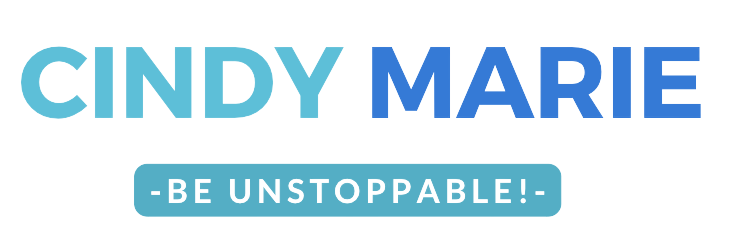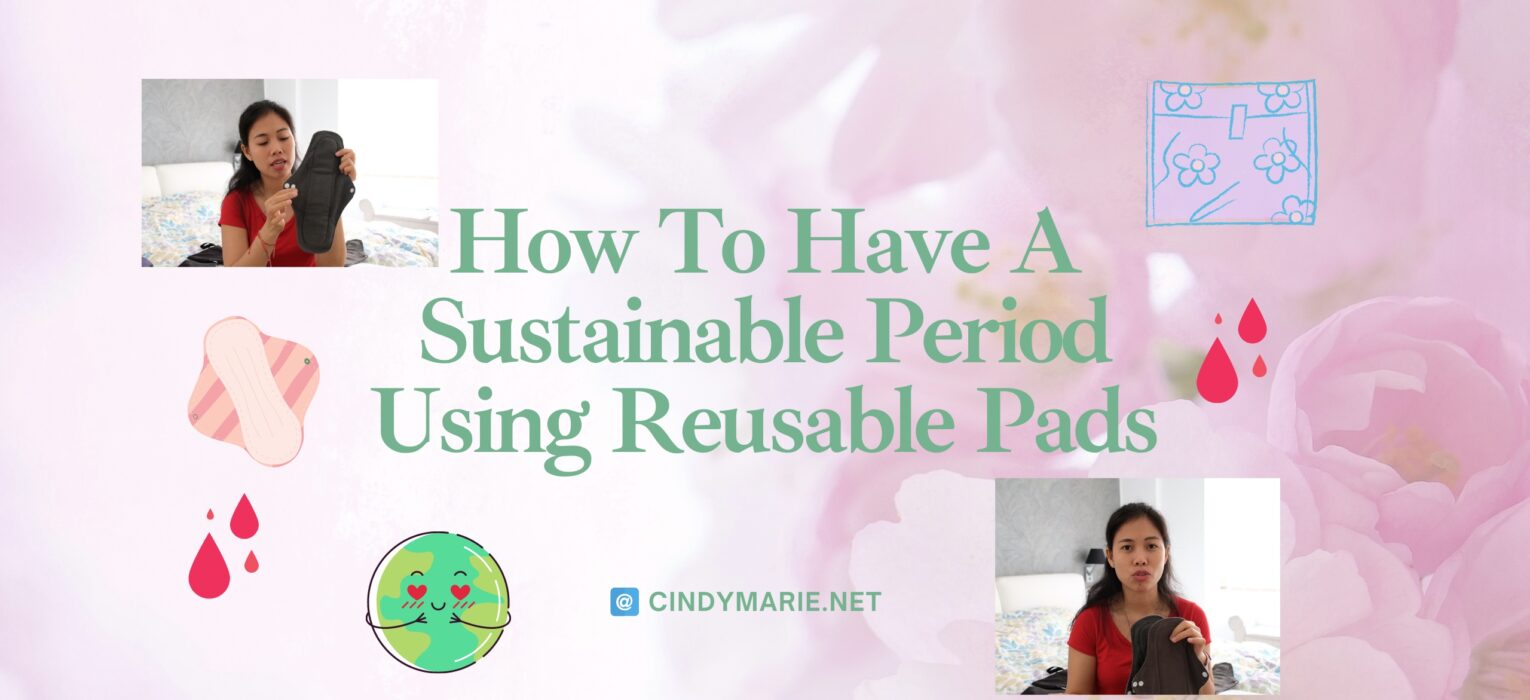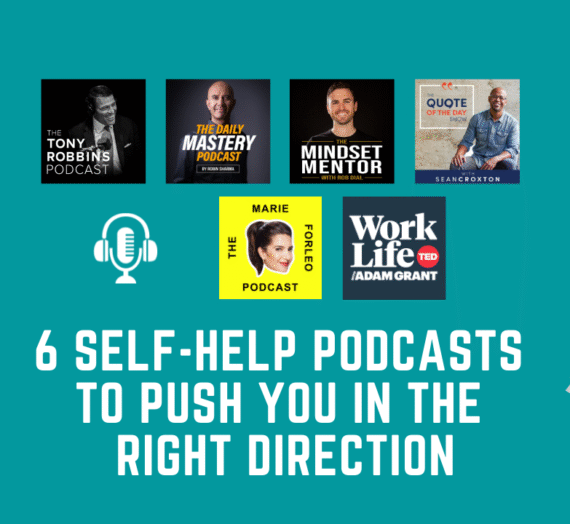One of the projects that I wish to promote on my website is how to live in a more eco-friendly way; living a sustainable lifestyle, consuming less. Ever since I became more aware of how much the goods or products we buy or used can damage our environment, I became more conscious about my daily habits from buying, consuming, spending, and throwing things. I’m continuing my minimalist lifestyle despite that my husband and I recently moved here to Spain. Sure, we can’t change everything overnight, but I believe that every small step we take – can definitely make a difference to have our world better than we found.
And one of those eco-friendly approaches that I recently apply – using reusable pads. I’m a newbie with this thing, and I can still remember months ago, I was telling myself – “Why it never registered into my mind?”. All I saw from the ads was the menstrual cups, which didn’t convince me to try because of the heavy flow period I have each month. I couldn’t remember how I started thinking of buying reusable pads – but it happened anyway. I felt so bad realizing how many disposable pads and tampons I used each month. But then I said, – “It’s still not too late to make another step for an eco-friendly way, so why not start now.”
As a woman with a heavy flow period every month, I never thought how ignorant I was, realizing how seriously damaging it can be to use disposable pads, pantyliners, and tampons made in plastics until I started to live in a more eco-friendly way. Sure, there is more thorough research to be done, even with those I recently bought. I read this article that most of these products require 800 years to decompose (The Ultimate Guide to Feminine Hygiene). And according to National Geographic, in 2018, people in the US bought 5.8 billion tampons. Over the course of a lifetime, a single menstruator will use between 5 and 15 thousand pads and tampons where most of it will end up in the landfill as plastic waste. Looking back on how much I used, especially during the heavy flow days, it’s sad.
So I thought there’s something that I can do about it, and that’s when I started using reusable pads. I’m on my third-month use, though due to my heavy flow period case – I still alternate with tampons and disposable pads because I don’t have enough reusable pads (just recently purchased for more stock). But one thing I can share so far, I feel really good about it. You can feel the natural flow; not only you’re helping yourself, but you also help the environment. And not to forget you save money too.
What Are Reusable Menstrual Pads?
These are the cloth pads that washable, can use several times, and can last several years with proper care. And just like disposable pads, changing your reusable pad varies to your period flow; it can range from 2 – 6 hours or less. These usually consist of cotton, synthetic fiber, bamboo-charcoal-based materials, PUL, etc. Reusable pads usually come in different colors, shapes, sizes, and even different patterns or designs. Compare to the sanitary pad, reusable pads don’t have adhesive; instead, you have wings and a snap button(s) to stick or attach to your underwear. They are comfortable, breathable, and absorbent. Of course, in the first days of your use, you will feel strange or unusual, but slowly you will feel the difference in a good way.
Materials Commonly Used in Reusable Pads
Topper Fabrics
This is the first layer that touches your skin; you can see, touch, and feel the softness/gentleness depending on the brand’s materials. Common materials such as bamboo-charcoal fabric or infused one, bamboo microfleece fabric, cotton, Minky, and more. It plays an important role because of 3 things (in my opinion); stain resistance, the wet feeling, and most importantly, your skin reaction. The ones that I have it’s bamboo-charcoal-infused fabric and bamboo-charcoal fleece fabric. So far, both are not giving me any discomfort nor skin reaction.
Absorbent Fabrics
This is the second layer or center part of the reusable pad where we can determine the absorbency; light, moderate, or heavy flow the pad can hold; that’s where the number of fabrics varies. Common materials for this layer would be flannel, bamboo, cotton, and more. Most brands will indicate microfiber layers, fiber layers, and organic cotton layers based on my research.
Backing Fabrics
This is the last or bottom layer, the final safeguard against leakage or spills. Typically, materials would be cotton, flannel, fleece, PUL, and wool. You will normally see from the packaging; the last layer is waterproof laminating fabric, cotton TPU tarpaulin, and waterproof PUL.
Generally, when buying online, they will indicate what materials the reusable pads consist of (the more information, the better). Then, it will be easier, of course, when you’re buying in a physical store to have all this information and decision to purchase.
Sizes and Shapes
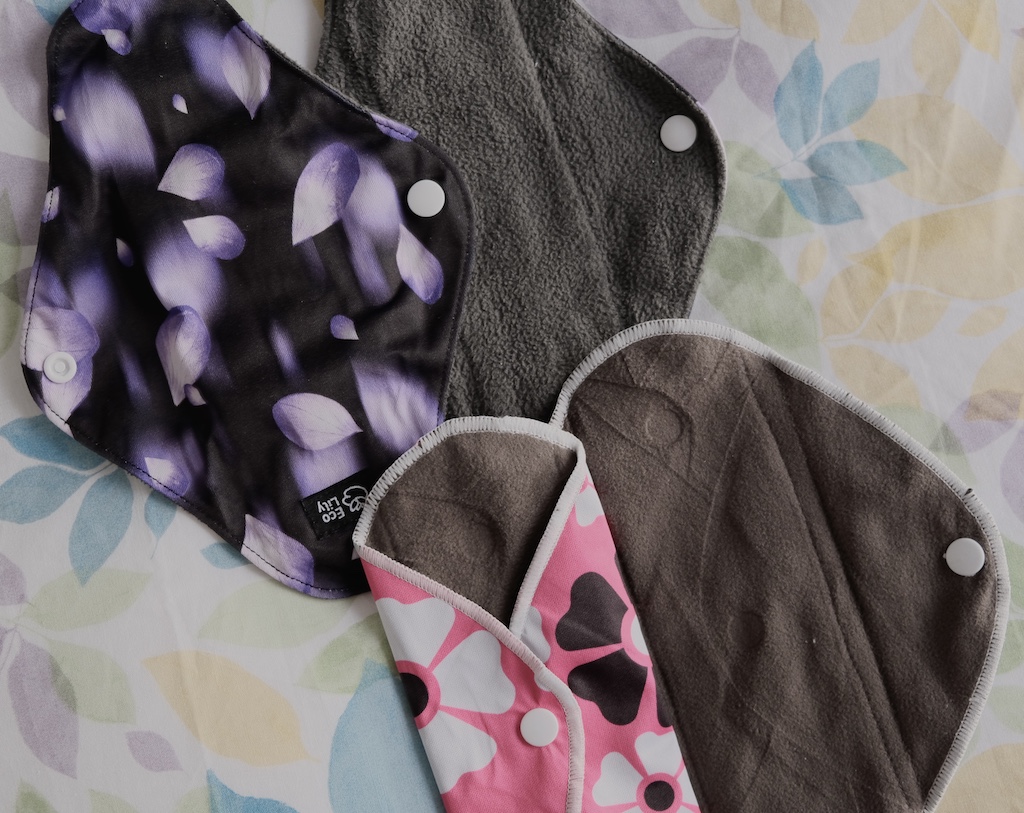
While I was checking it online, the sizes and shapes, typically you will see pantyliner/light flow size, medium flow, heavy flow, and night time size. The shape varies with the length; as you can see below, I bought a set of pantyliner, heavy flow, and nighttime/postpartum size.
a. Pantyliners/Light Flow Pad – the smallest size available that perfect for daily use, light periods, and the last days of your cycle.
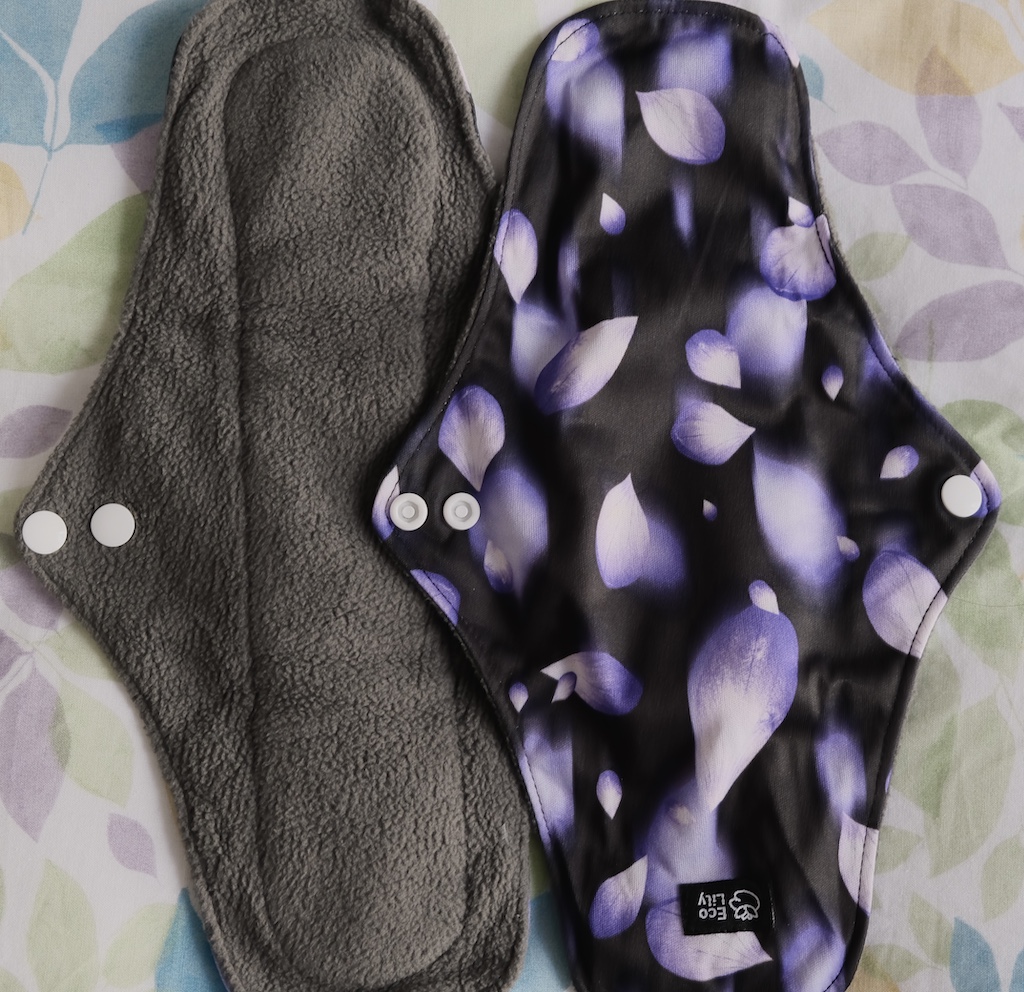
b. Medium Flow Pad – usually comes with 25cm, bigger than pantyliner/light flow pad, and the same shape. Typically comes 2-3 layers of fiber/microfiber absorbent or depending on the brands’ material type. Suitable for your period during daily use, first few days, and women with heavy periods.
c. Heavy Flow Pad – normally between 29cm to 30cm (more or less), with 2 layers of fiber/microfiber absorbent or depending on the brands’ material type. Suitable for day or night use varies to the level of your period flow. The one I have, I normally use it for day use because usually, I have a super extra heavy flow, especially on my second or third night. Some brands mentioned that suitable for postpartum use too.
d. Night/Postpartum Pad – ranging from 32cm to 40cm in size, and shape typically looking like the below photo that I’ve got online. Specially designed for night usage, especially for women who have a super extra heavy flow like me. Suitable for postpartum and incontinence pads too. Below photos I got from Rovtop with the size of 35cm.
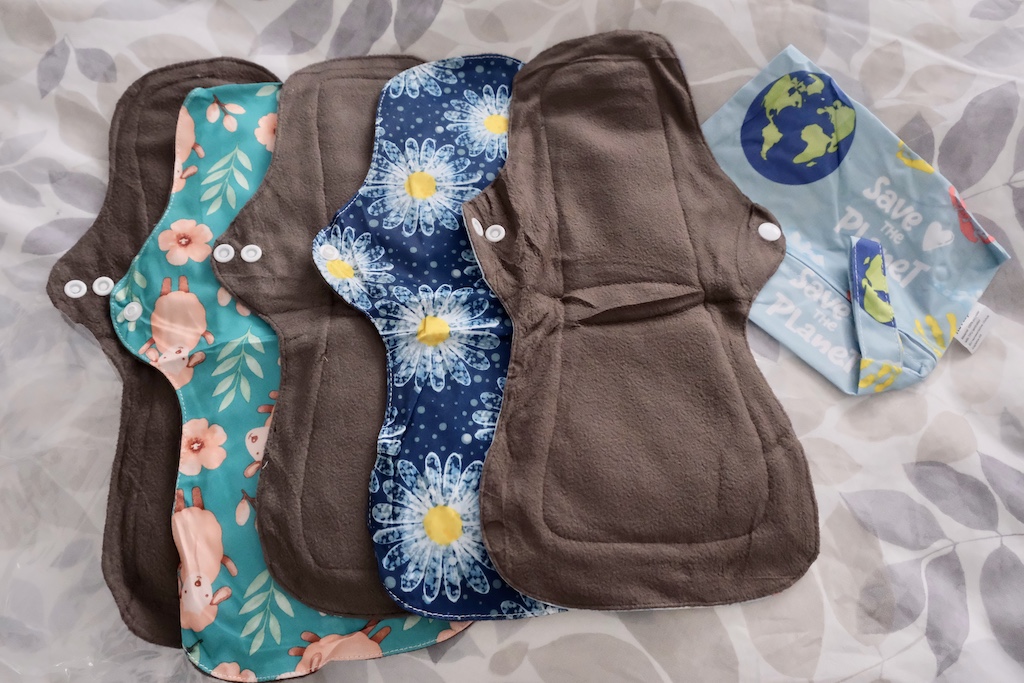
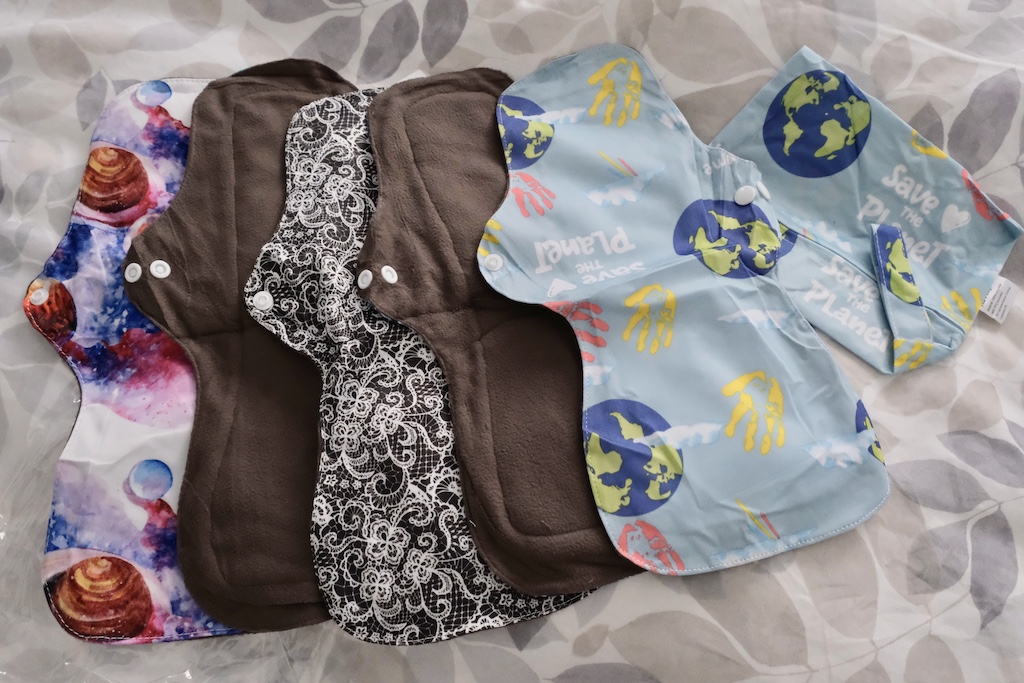

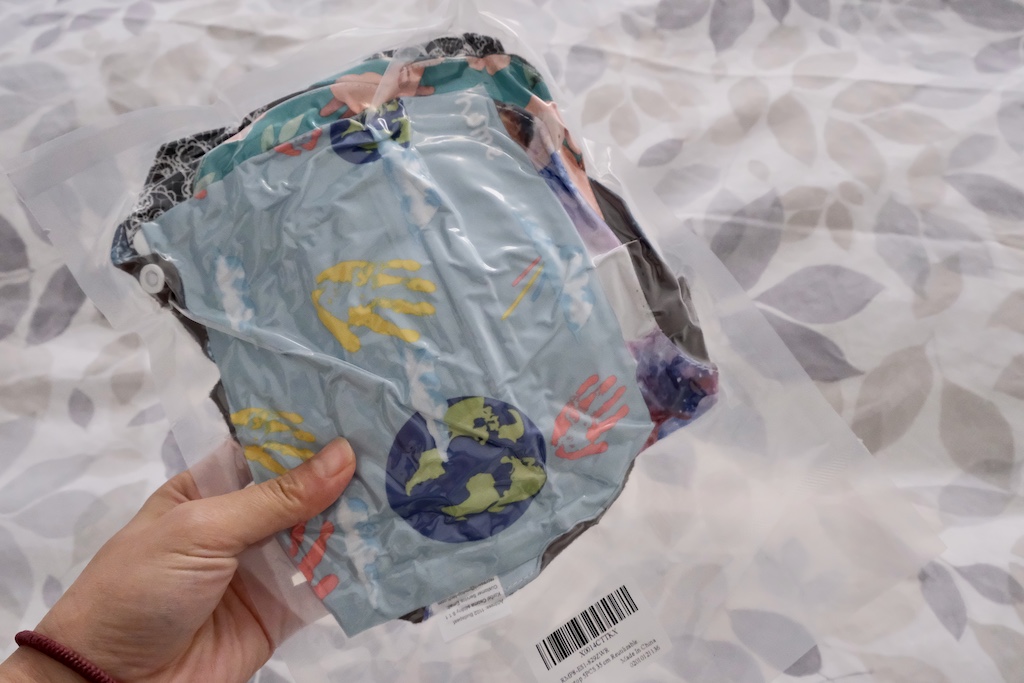
Benefits of Using Reusable Pads
- Good for Our Health
– I’ve come to know that during menstruation, vaginal PH increases; therefore, chances of contracting infections or bacteria will be higher. Using breathable pads (reusable pads) that require changing frequently helps keep the PH levels checked and prevents infections during our period days. Compared to disposable pads and tampons containing plastic, which is very high in absorption (though it gives us more comfort and fewer times to visit the toilet to change), these products increase the chance of vaginal infections by increasing the vaginal PH from the blood that sits in for a very long time in your tampons or disposable pads.
While there’s no evidence of reliable studies or scientifically proven, many women who have tried it for a very long time said that using reusable pads shortens their period. Others also said that it lessens the cramps. In my experience, because of the fibroids – obviously, that makes my flow super heavy; though while using the reusable pads, especially in my first month – I have lesser cramps, and like I’ve said; because of having the blood naturally flow, it gives you the feeling of your thing there breathing normally, and it does impact your mood as well. - Good for Our Planet

– I have mentioned earlier that using disposable pads requires 800 years to decompose. Can you imagine how much waste we “women” accumulate every time we have a period? It’s a lot. Not only that, come to think of resources and energy required to produce these products. Less chemicals, less pollution mean less damage to our planet. Switching from disposable ones to reusable menstrual pads can make a huge difference—small steps at a time. - Good to our Pockets
– yes, you might think that it’s a higher initial cost when you start using reusable men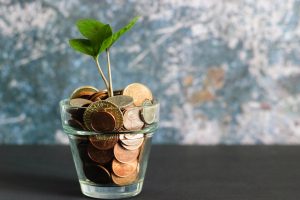 strual pads. Still, once you have enough stock for you to use during your period or regular days, you don’t have to worry about spending every month because these pads can last several years, especially with proper care. Even in my case, having super heavy flow – I am spending less overall because I don’t buy any more for pantyliners that I use almost every day. And as I’ve mentioned in the video product review, you’re also supporting small business makers with sustainable values, so it’s a win-win situation for everyone who is doing small steps to make a difference.
strual pads. Still, once you have enough stock for you to use during your period or regular days, you don’t have to worry about spending every month because these pads can last several years, especially with proper care. Even in my case, having super heavy flow – I am spending less overall because I don’t buy any more for pantyliners that I use almost every day. And as I’ve mentioned in the video product review, you’re also supporting small business makers with sustainable values, so it’s a win-win situation for everyone who is doing small steps to make a difference.
What to Keep in Mind When Trying Reusable Pads?
- Right Pad for Level of your Flow
As we have tackled the sizes, shapes, and absorbency level above – that would serve as your guidelines which one you may want to give it a try. I believe it’s important to know the right pad for your flow when buying reusable pads. When I decided to buy ones for me, again, due to my super heavy flow, I looked more for the longest size and meant for a heavy or nighttime pad. This should be the same approach as buying disposable pads except for the pantyliner/light pad. Whether you check online or visit the physical stores, usually there would be information for the sizes and absorbency level. It also helps me look on to customers’ reviews when deciding which brands to buy online. - Enough Stocks for Period or Regular Days
When I first bought my 3-set of reusable pads (5x Nighttime pads, 6x Medium/Heavy Flow Pads, and 6x pantyliners) – I thought it would be enough; it turned out it’s not even close to using it for the second day because of the flow of my period. I still ended up using disposable pads and tampons. Well, I can’t avoid it. Even now, when I’m outside, I still have an extra reusable pad or disposable one because, in my super heavy flow days, I have to change every hour, including tampons. And this is something beyond my control, and I hope that this will lessen the more I use reusable pads (hopeful for that 😇). Make sure that you think about how many pads you need to buy when you figure out the right pad for you. Yes, it looks expensive upfront but trust me that you’ll realize how much money you save for not buying many disposable pads and tampons over time.
- Cleaning Process
With every purchase of reusable pads, most of the brand’s packaging would include instructions for washing, how or where to store, and maintaining your reusable pads. They will recommend you to prewash on cold water before using it either with detergent or just water. Better to follow the packaging instructions. And for regular use, either hand wash it or throw it in the washing machine. I personally prefer handwash; scrub it few times before soaking it for a couple of hours and mindful of water usage. With choices of either air-drying or machine-drying – I’m always on the natural or manual way. It’s a preference whichever suitable or works for you, so long that our reusable pads are thoroughly cleaned and dry.
I found these 3 articles helpful, especially if you would like to make your own reusable cloth pads:
– Cloth Pads 101 | Basic Construction & Fabric Breakdown
– Figuring out Fabrics
– Choosing the Right Fabric for Your Reusable Menstrual Pad
There are plenty of other reviews, tutorials, and more things to consider before buying one available on the internet and social media. Other sustainable menstrual products also can be found at the physical eco-friendly shops or can order online. Let’s switch to more sustainable options for our period and any other area of our daily lives. We’re not only doing this to ourselves but also our Planet.
If you have been using reusable pads, I would love to hear your experience, brands you are using, and if you support this approach as well – feel free to leave a comment below.
*Please be aware that the links are affiliate links. By clicking them and purchasing through them, you’re helping me to earn small credits! Thank you*
Photographs
The majority of the photos are owned by Cindy Marie and Amazon Online
DISCLAIMER: All rights reserved to the owner of other photos (Tool Photos)—no copyright infringement intended in this article.
